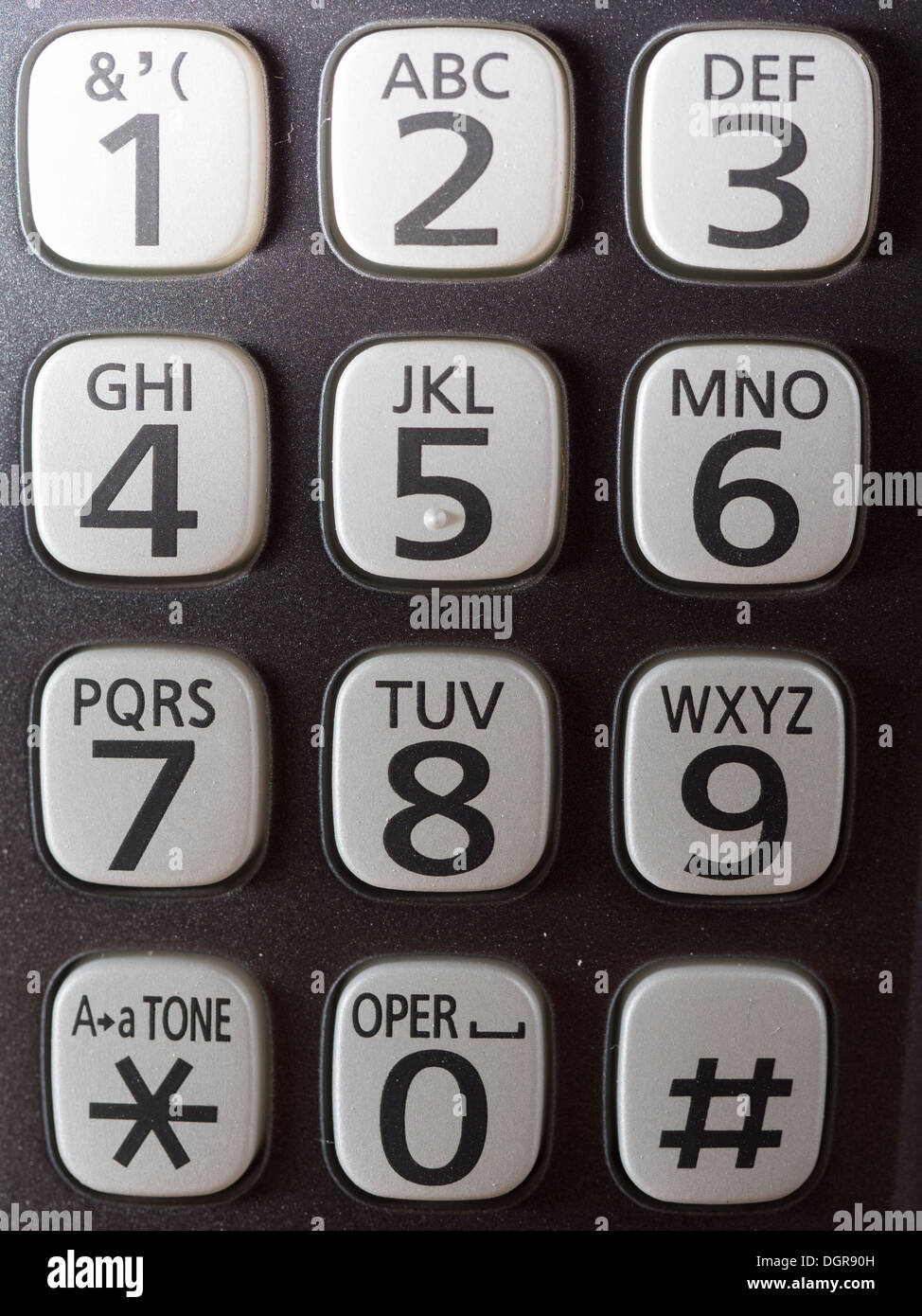

On the UK-English keyboard, the character above the number 3 is the £. In the U.S.-English layout of a standard keyboard, the # symbol appears on the same key as the number 3.Eventually, they settled on the * and the # as those keys were available on standard typewriter keyboards. Link Rice and Jack Soderberg at Bell Labs toured the country trying to find out what possible telephone/computer interactions might come up and what would be the best symbols to use for those.
The * and # were originally selected to go on a standard telephone pad in 1961.In Malaysia, the # symbol is commonly called a “hex”.In many places, this is as a result of the similarity to the musical sharp symbol (♯). The # symbol is also commonly called a “sharp” in such places as Japan and others.This is why the British Post Office and British Telecom call the symbol a square, instead of the more common British name for it of “hash”. An international standards body officially named the # symbol “square” in 1989.It is also the generally accepted name for the symbol when referring to computer programming usage (often used as a comment sign, particularly in scripting languages). Yet another accepted name for the # symbol is “hash”, which is a popular one in the UK.If the symbol follows the number, it is traditionally read as “pound”. In these two cases (pound and number), if the symbol precedes a number, as in #2, it is traditionally read as “number”. Another common name for the # symbol in the United States is “number”.Eventually, this changed to the more familiar and easier to type on a standard keyboard “#” symbol. Later, printers designed a font containing a special symbol of “lb” with a line through the verticals so that the “l” wouldn’t be mistaken as a one (℔, Unicode character U+2114). Originally “lb.” was used for this same meaning. The # is often called the pound symbol in the United States as it is often used with numbers related to weight.patent in 1973 where “octothorpe” first appears, the asterisk (*) was referred to as a “sextile”. Jim Thorpe eventually had his Olympic medals returned in 1983… 30 years after his death.Given that the word circulated around Bell Labs for about 10 years before appearing in text, it’s also possible it was invented by Don Macpherson, as Ralph Carlson said, and that C Schaak and Herbert T Uthlaut mocked the term calling it “octatherp” as a joke, as Douglass Kerr said. Why would they say “octa” instead of “octo” and why would it have been changed relatively quickly after its creation to “octothorpe” in the first patent that references the term? Nevertheless, Kerr was there, so perhaps it’s true or perhaps not as Ralph Carlson was there too. This seems less plausible than the previous story. Macpherson at this time was part of the group that was trying to get Thorpe’s 1912 Olympic medals returned.ĭouglas a Kerr of Bell Labs stated in 2006 that the term was invented by C Schaak and Herbert T Uthlaut and it was originally “octatherp”, which was more or less a joke term between the two. The latter “thorpe” was in reference to the incredible Native American athlete “Jim Thorpe”, who at the time was trying to get his 1912 Olympic medals returned after having them stripped away due to the fact that he once had accepted money for playing a sport (baseball), previous to those Olympics. He thought Bell Labs needed an unambiguous name for the # symbol, which had many names, so came up with “octothorpe”. Ralph Carlsen of Bell Labs wrote a memorandum on this symbol upon his retirement in 1995 where he states that Don Macpherson came up with the name when he went out to instruct their first client of the new telephone system, the Mayo Clinic. The origins of the “thorpe” (sometimes written “thorp”) are not so clear. It is clear the “octo” part was thought up because of the eight points on the symbol. It was during this time that Bell Labs came up with the now ubiquitous “touch tone dialing”, which added two additional keys to handsets, the “*” key and the “#” key. However, what is known is that it was a term engineers at Bell Labs started using as early as the 1960s when Bell Labs was working on interfacing techniques between computers and telephones.

The exact etymology of this word isn’t known as the two “eye witness” accounts are contradictory. The origins of this term date back to the 1960s and 1970s in Bell Labs with the first documented place this word showed up being in a U.S. Today I found out the symbol on the “pound” or “number” key (#) is also called an “octothorpe”. One of the earliest with the now ubiquitous “*” and “#” symbols
#Phone numpad series
1966, 1500 series phone model from Bell Labs.


 0 kommentar(er)
0 kommentar(er)
